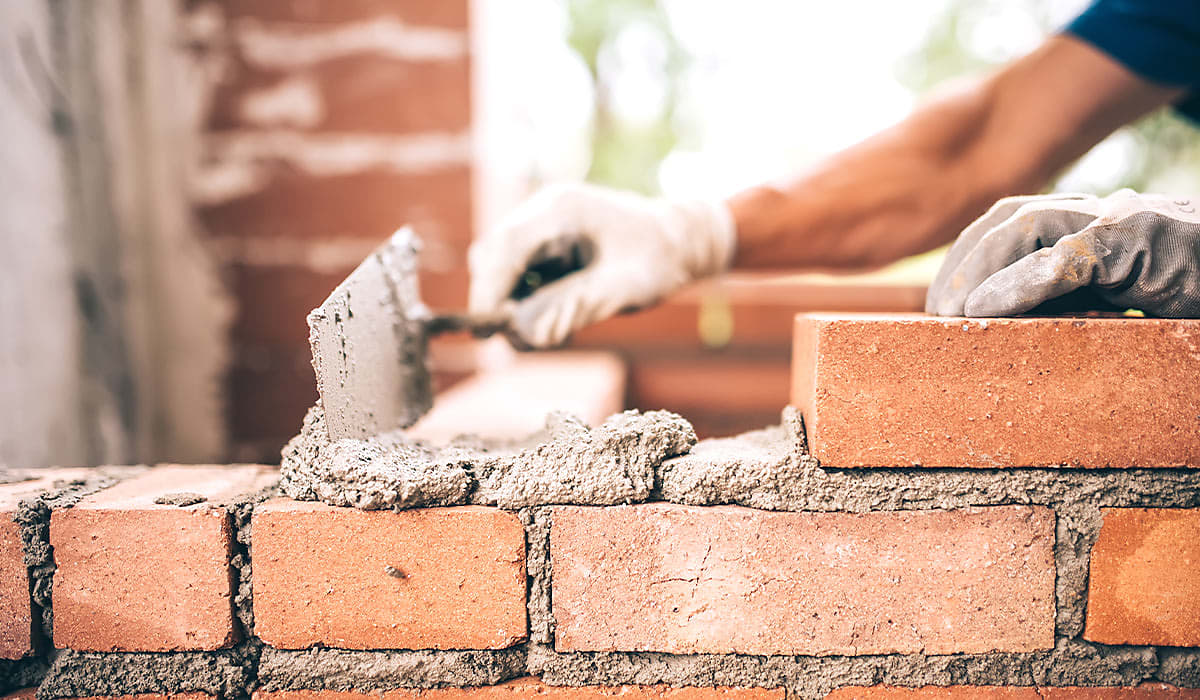Approval boost not enough to meet housing target
Despite home building approval increasing by nearly 5 per cent in 2024, Australia still falls short of its national housing target.

New Australian Bureau of Statistics (ABS) data showed that 171,394 home buildings were approved in 2024, a 4.7 per cent increase from the 163,722 dwellings approved in 2023.
Despite the approvals rising, Australia still fell short of its annual 240,000 housing target.
Housing Industry Association (HIA) economist, Maurice Tapang, said while building approvals rose, numbers remained below the preceding 10 years.
“Residential building approvals in 2024 increased from the decade low seen in 2023 but were nowhere near the levels needed to meet underlying demand for housing,” Tapang said.
According to the latest ABS Building Approvals data, the total number of dwellings approved rose 0.7 per cent in December to 15,174, after a 3.4 per cent fall in November.
Approvals for private dwellings, which include townhouses and apartments but exclude houses, increased by 15.2 per cent in December and 42.7 per cent higher than one year ago following large apartment approvals in NSW and Queensland.
In comparison, private single-family housing approvals fell for the third month, down 3 per cent to 8,715 in December, 1.8 per cent lower than in December 2023.
Across the country, NSW was the only state to see a 2.9 per cent rise in the private sector house approvals in December.
Additionally, detached house approvals fell by 2.8 per cent in December to 8,860, while multi-units rose by 6 per cent to 6,310.
Tapang said detached houses approval strengthened in Western Australia, Queensland and South Australia, but remained weak in NSW.
Conversely, he said multi-unit approvals fell to just half of those levels seen during the apartment boom in the mid-2010s.
“Owner-occupiers and investors are returning to the market, albeit very slowly and inconsistently across the different regions and housing types,” Tapang said.
“It remains a challenging environment given the higher cost of borrowing, land and building a new home. The cost of delivering new land to market also remains high, with land prices continuing to increase,” he said.
Master Builders Australia CEO, Denita Wawn, said moderating the cost of new construction will be key to increasing housing supply.
“Australia desperately needs to boost housing supply, and this will only be achieved when the cost of new home building starts to moderate, and project costs stack up,” Wawn said.
“It’s more than just a number – the lack of housing supply is leading to rising rents, homelessness and higher mortgages, which impacts the wellbeing of individuals, families and communities.”
Additionally, Money.com.au’s property expert, Mansour Soltani, said planning delays have added to builder’s burden and have been holding back construction and development across the country.
“Without meaningful reforms to fast-track approvals or ensure builders can afford to ramp up projects, the gap between housing demand and supply could widen even further,” Soltani said.
To address the housing crisis, the federal government launched the National Housing Accord, which aims to deliver 60,000 new dwellings per quarter, yet all states and territories have fallen short of their Housing Accord target so far.
ABS data showed that in the first six months of the housing target, which started in July 2024, only 92,023 homes were approved, falling short of 27,977 homes.
“If we’re already behind on our Housing Accord target, it raises serious questions about whether we can catch up in time or whether the goal was too ambitious to begin with,” Soltani said.
Property Council group executive, policy and advocacy, Matthew Kandelaars, said while the rise in building approval is welcomed, more needs to be done to reach the housing target.
“We have an ambitious target of 1.2 million new homes, and sadly we still have plenty of work to do to get on course for success,” Kandelaars said.
“While we may not be quick off the starting blocks, we cannot afford to put this target in the ‘too hard’ basket. We need to see increases every month.”
“We need action to tackle rising construction costs, labour shortages, planning delays, slow approvals and shifting state property taxes that punish foreign investment if we want to arrest the decline,” Kandelaars said.
